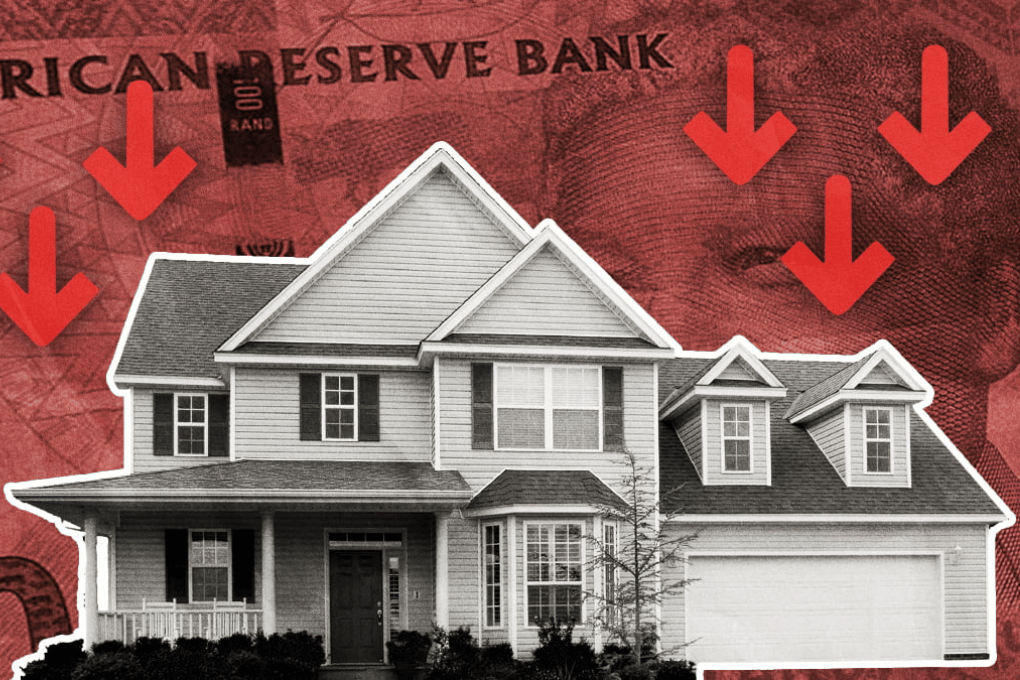Financial pressure is driving significant distress in South Africa’s housing market, with 23% of homeowners selling their properties in Q3 2024 due to economic difficulties, according to FNB. This is a sharp rise from 21% in the previous quarter and well above the long-term average of 18% since 2007. Additionally, the National Credit Regulator reports that 7.8% of mortgage debtors were in arrears by Q2 2025, far surpassing the historical average of 4.5% to 5%, highlighting the worsening financial strain on homeowners.
This distress stems from South Africa’s intensifying cost-of-living crisis, characterised by soaring inflation, elevated interest rates, and stagnant wages. Essential expenses, including food, fuel, and utilities, have surged, leaving households with reduced disposable income and struggling to meet debt repayment obligations.
Utility costs have been a significant driver of financial pressure. Between 2009 and 2024, property rates rose by an average of 6.8% annually, outpacing inflation, which grew at 5.1% annually. Electricity and water tariffs have risen even faster, with electricity increasing five times and water six times faster than inflation from 1996 to 2024. Electricity alone has grown by 11.2% annually over the last five years.
These compounding costs are forcing financially driven home sales and underscoring the need for targeted interventions to support struggling homeowners. Without meaningful action, the ripple effects of this crisis could strain the broader economy, deepen housing market challenges, and leave many South Africans with limited financial options for recovery.

